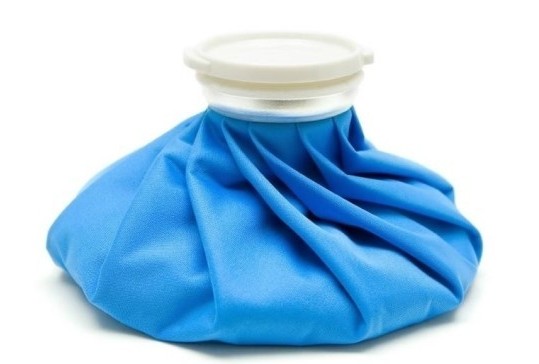How to Apply a Cold Compress
A cold compress is used to cool an injured area, which protects body tissue by slowing metabolic rate and reducing swelling around the injury. They are also frequently used to treat ocular allergies and to reduce swelling around the eyes and ocular itching. A cold compress can range from a cloth dipped in cold water to a commercially available pad or pouch that is made cold through freezing or chemical action. Commercial cold packs are often too cold for ocular use and should not typically be used for this purpose. Cold compresses are an important part of treating soft tissue injuries such as bruises and blunt trauma.
Steps for use for ocular conditions:
1
Prepare the compress. Make an ice pack by wrapping ice in a small towel or cloth, or by filling a plastic bag with ice. An ice pack can be used to reduce swelling and bruising in blunt trauma.
For ocular allergies a facecloth that is repeatedly soaked in cool or cold water is sufficient.
Never use compresses on any ocular trauma that could have caused an injury to the eye itself. Likewise, do not use a compress that is so cold that it causes discomfort.
2
Gently place the cold compress on the affected closed lids, making sure to completely cover the area.
Make sure that you keep a cloth or bandage between the cold compress and the patient’s skin (if you apply a homemade compress such as a bag of ice directly to the skin, it can cause frostbite.) When using a cold water compress, repeatedly re-soak the towel to keep it cool or cold.
3
Remove the cold compress after 20 minutes to prevent the skin from becoming frostbitten.
4
When used for swelling, reapply a cold compress after 2 hours. Alternate 20 minutes with the compress with 2 hours without the compress for 3 days or until the swelling completely subsides.
For ocular allergies use the compresses on an as needed basis for symptomatic relief.

